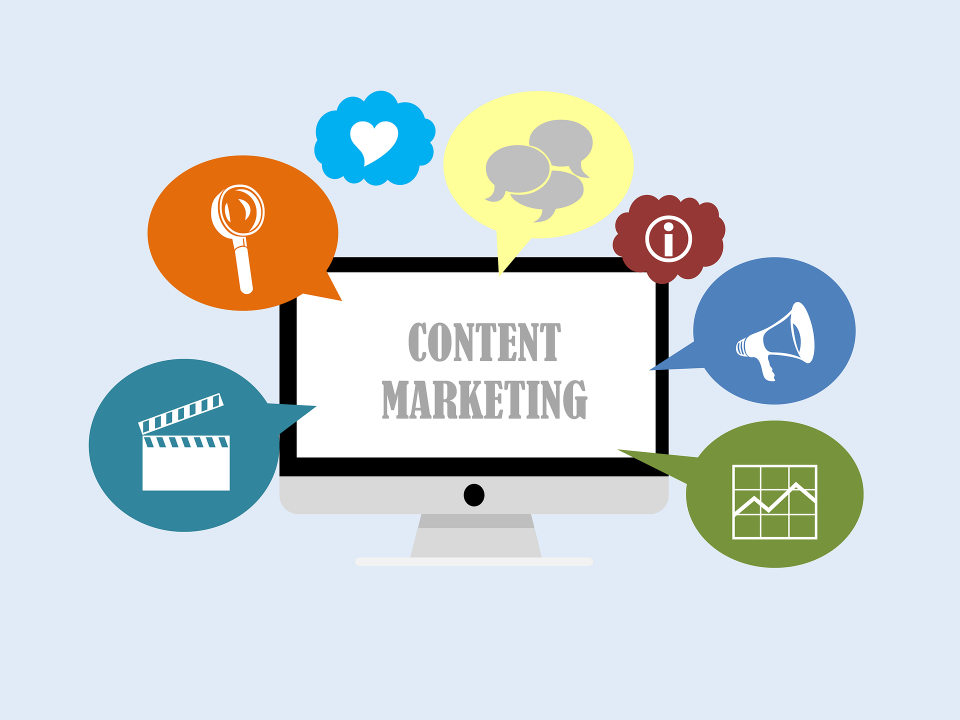The creation of an impactful sales proposal is a delicate art that requires a blend of strategic thinking, customer insight, and persuasive communication. A compelling sales proposal can transform a lead into a customer, making it a crucial component of a successful sales strategy.
Understanding Your Client’s Needs for a Tailored Proposal

To truly resonate with a potential client, a sales proposal must be crafted with their specific needs in mind. Begin by engaging in comprehensive conversations with prospects to gain insight into their challenges, objectives, and preferences. This initial step is vital for personalizing the proposal’s content and ensuring its relevance to the client’s situation.
Once you have a solid grasp on the client’s needs, you can focus on aligning your products or services as solutions. It’s important to approach this from their perspective, detailing how your offerings can resolve their pain points and contribute to achieving their goals.
Your insights must then be translated into a clear narrative within the sales proposal. Using an RFP software like Qvidian, highlight the benefits of your solutions while directly referencing the client’s needs that were discussed. This directly tells the client that you were listening and that you’ve thought through a tailored approach just for them.
Finally, anticipate and address potential objections upfront. When you are proactive in discussing these concerns within the proposal, you demonstrate confidence in your solutions and your ability to think ahead. This level of preparedness is often appreciated by clients, who may value your foresight when making their decision.
Structuring Your Sales Proposal for Maximum Impact

The structure of your sales proposal can greatly influence its effectiveness. Starting with a clear and concise executive summary sets the right tone, offering a snapshot of the proposal’s value. Make sure it encapsulates the key benefits and differentiation points quickly and succinctly.
Following the summary, outline the scope of your solution, presenting it in a logical and methodical manner. Break down your offering into understandable segments, making it easy for the client to follow along. This allows you to guide the reader through your proposal and build a narrative that leads to a natural conclusion—your call to action.
In terms of the actual content layout, use headers and bullet points judiciously to improve readability. While extensive lists are to be avoided, organizing information in a digestible format helps clients process the details more efficiently. Visual aids such as charts and graphs can be employed to illustrate points without overwhelming the reader with text.
The conclusion of your sales proposal should reaffirm the value you bring and what sets you apart. Finish with a clear, encouraging call to action that directs the client towards the next step. Whether it’s to schedule a meeting or to sign a contract, make it easy for them to know what to do to begin the partnership.
The Art of Persuasive Language in Proposal Writing
Using persuasive language is an art form that, when applied correctly, can have a significant impact on the effectiveness of your proposal. Start by using positive and confident language that conveys your enthusiasm for the potential partnership.
Create a sense of urgency without being pushy. Use language that suggests the timely benefits of your solution, encouraging the client to act sooner rather than later. Phrases like “limited-time offer” or “exclusive opportunity” can motivate clients to move forward while conveying the value of your proposition.
Testimonials and authoritative endorsements can have a powerful effect as well. Including quotes from satisfied customers or industry experts adds credibility to your claims and reassures the client that others have successfully and confidently chosen your services or products.
However, persuasion should never tip over into exaggeration or misleading statements. Building trust is essential, and any loss of credibility can not only result in a lost sale but can also damage your reputation in the long term.
Altogether, a well-constructed sales proposal can be the linchpin in converting a lead into a loyal customer. With the above strategies in play, you’re well-equipped to craft proposals that capture attention, instill confidence, and win business.




